
DASL: Machine
Learning using small
data and human
knowledge
Deep Adaptive Semantic Logic (DASL) combines machine learning and automated reasoning to produce custom solutions to business problems, even when datasets are small.
“Artificial Intelligence”
“Machine Learning”
How can organizations effectively implement these concepts in their operations? Standard machine learning requires vast amounts of labeled data to extract meaningful insights for complex problems. When labeling is expensive, critical events are rare or explanations are needed, you need something more. By drawing on the expertise of your team, DASL can help you solve these problems.


DASL bridges the gap.
DASL is a next-generation AI technology that was explicitly designed to deal with situations where the amount of data available is insufficient for standard machine learning. DASL learns from a combination of available data and human knowledge by combining state-of-the-art machine learning with reasoning mechanisms to identify problems and explain them clearly.
Combine machine learning with expert knowledge for a customized solution
For challenges where you don't have enough data for traditional machine learning but you do have human expertise to augment learning, DASL can be used.
Applications of DASL to date include predictive maintenance, drug discovery, disaster relief, national security, healthcare diagnostics, supply chain management and insurance, among others.
DASL in practice
01
A manufacturing plant needs to predict as early as possible when a part of an assembly line will go down and how to fix it.

02
However, there are only a limited number of examples of when things have gone wrong, limiting data required by a traditional machine learning algorithm.

03
Valuable knowledge from your engineers can be exploited in conjunction with the available data to identify signs that the assembly line could be impacted by decreased performance or machine failure.

04
DASL can combine available
plant data with the knowledge of
the engineers to create a
system that learns accurate models despite the data limitations.

05
DASL combines the data and engineering knowledge to give an understandable explanation of where a failure occurred and why.

06

07
If engineers spot errors or weaknesses in the explanation they can provide additional details and corrections that can be used to improve DASL's performance directly.

08
“Actually, the twist molding
malfunctioned, because excessive torque
was detected and …”

DASL learns what normal behavior is from standard operating data, and combines this with knowledge of which deviations are important.
To be effective, predictive maintenance must be able to identify rare or novel errors, to do so in a timely fashion, and to clearly pinpoint the sources of error on a complex assembly line so they can be quickly remediated.
DASL can support a predictive maintenance system by providing detections that are based on a combination of automated reasoning and machine learning. DASL limits data needs, allowing detection of rare errors without requiring extensive annotated data of previous errors. DASL can learn how to detect incipient errors early through observations of the correlations observed in normal operating behavior. Finally, DASL can clearly communicate the proximal causes of errors to support maintenance personnel in the tasks of confirmation and repair.
01
A pharmaceutical company is searching for a new cancer treatment.
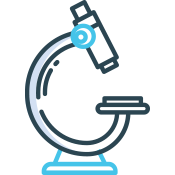
02
Medicinal chemists apply their target knowledge, but new data requires requires expensive, novel synthesis.
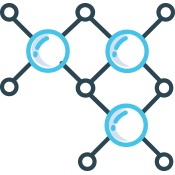
03
DASL can combine expert medicinal chemistry knowledge with available data to minimize the number of new compounds that need to be synthesized and tested.

04
The medicinal chemist co-designs utilizing DASL through reviewing recommendations and suggesting molecular substructures to be preserved, varied and optimized.

05
DASL recommends molecules most likely to have the desired properties.

06
This is possible because the original DASL model was built using the language of chemistry.
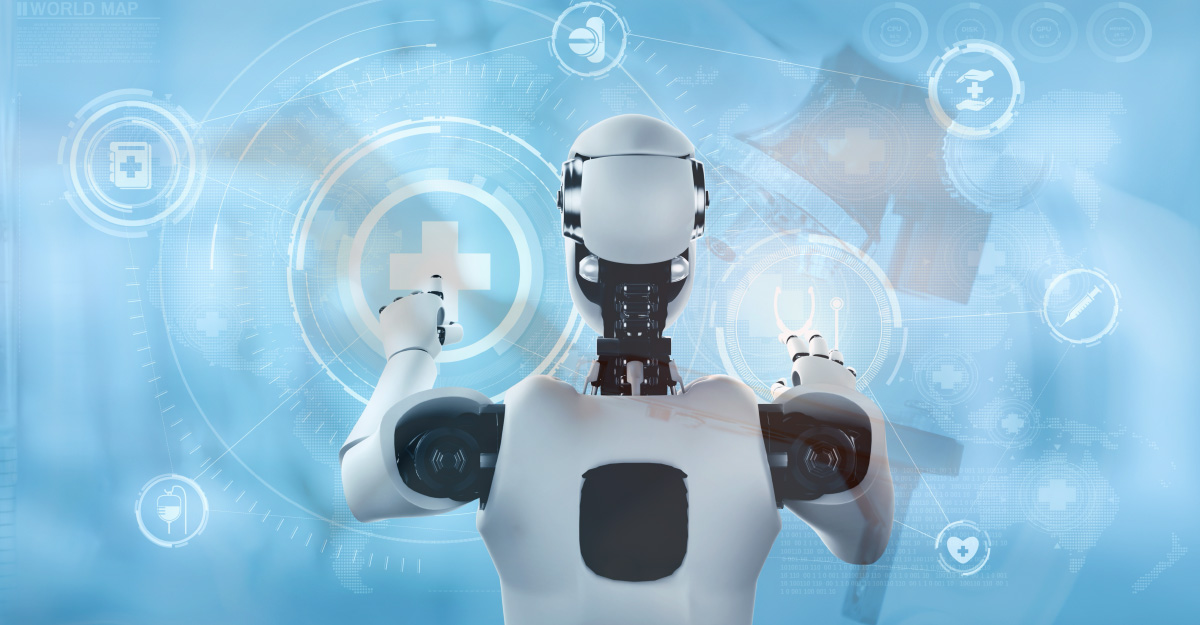
The application of machine learning to drug discovery faces two key obstacles.
First, there will typically be a very small number of examples to train from, and the models are not accurate enough to replace a chemist, so they need to be able to work with the chemist. DASL addresses both of these issues by incorporating the medicinal chemist’s knowledge about the problem to be solved, which both makes up for a lack of training data and provides structure for interaction between the chemist and the model.
01
Use documented diagnostic criteria to combine machine learning detections of low-level symptoms to detect rare diseases.

02
It can explain diagnoses in terms of diagnostic rules and low-level symptom
detections.
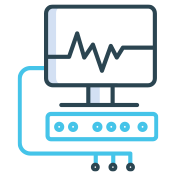
03
DASL can use logic to combine diverse set of neural symptom detectors for: text, lab results, observations and patient history.
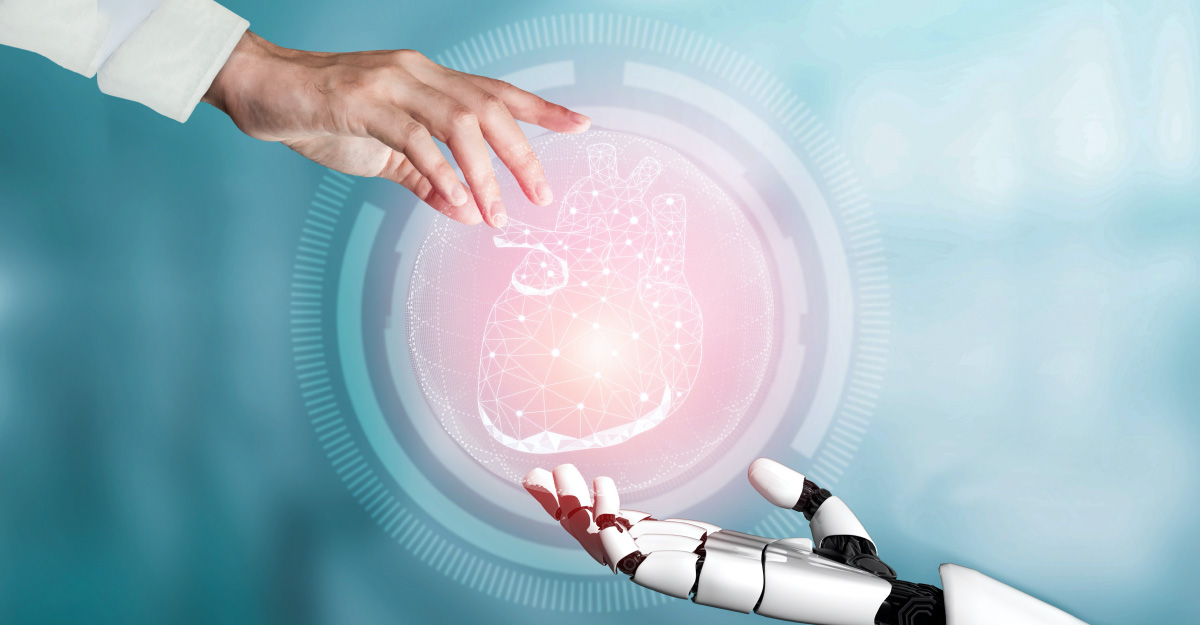
04
The platform can allow low-level machine
learning results to be corrected,
producing new outputs

05
DASL can simultaneously pay attention to all diseases, allowing it to catch rare diseases that a physician may otherwise miss.

06
Even once-common diseases can be
overlooked as they are rare
in modern society.

07
Documented sources of medical and diagnostic knowledge are abundant, even about rare diseases, while patient data is often scarce or non-existent.

08
In these cases, DASL substantially outperforms standard machine learning due to lack of data on rare diseases, a need to explain diagnoses, and a need to integrate diverse data sources
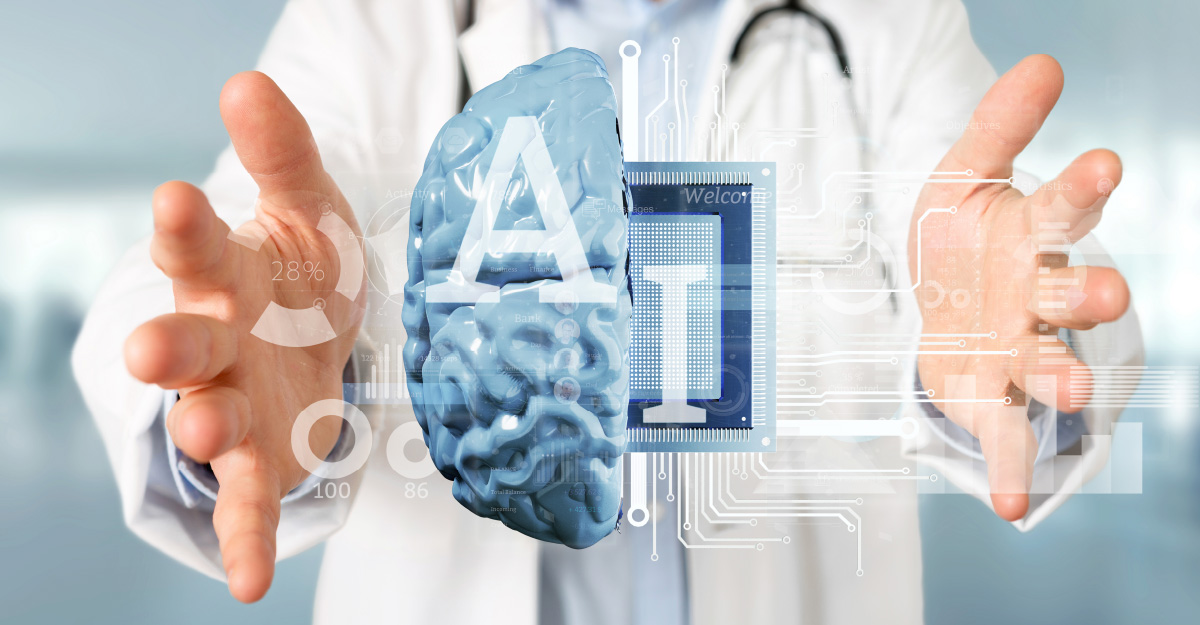

Decoded Health is using DASL to provide understandable and modifiable diagnoses by combining existing medical knowledge with modern deep learning approaches.
There are an estimated 6000–8000 rare Mendelian diseases that collectively affect 30 million individuals in the United States.(1)
DASL can provide automated support to help medical personnel notice uncommon diseases and support a consistent level of performance. Automated diagnosis uses artificial intelligence (AI) to suggest possible diagnoses to a trained medical professional.
DASL supports integration of data from multiple sources. Specifically, networks of various sorts that deal with text data, images, laboratory results, speech and more can be directly integrated as DASL components. DASL also achieves explanation through a backtracking process that identifies the intermediate conclusions (rules and symptoms) which support the proposed diagnosis. By compiling these intermediate results into a report, physicians can see clearly why the proposed diagnosis has been suggested. Physicians can have the ability to directly correct the DASL system.
Combining these capabilities allows DASL to support physicians effectively, not only providing automated diagnosis, but backing those diagnoses up with firm reasoning, whose low-level inputs are trained to be robust to the variations seen in real world data.
1) Shen, Tony, et al. "The long tail and rare disease research: the impact of next-generation sequencing for rare Mendelian disorders." Genetics research 97 (2015).
How it works
Available data is combined with human knowledge, such as...
![]() Factory connectivity information
Factory connectivity information
![]() Rules of thumb
Rules of thumb
![]() Current process descriptions
Current process descriptions
![]() Acceptable error rates
Acceptable error rates
![]() Machine tolerances
Machine tolerances
![]() Guidelines and procedures
Guidelines and procedures
01

Heuristics and expertise are expressed in DASL for your process.
02

DASL builds and trains low-level neural networks guided by the human knowledge.
03

You get relevant and understandable insights.
Benefits of building solutions with DASL

Small data: you don’t need vast amounts of data to address complex challenges.

DASL can explain answers based on the rules provided during network construction (e.g., "The line is about to fail because the cutter will overheat due to a failure in cooling system 3.")

DASL's explanations directly correspond to its reasoning. If you can explain why a DASL result was wrong, you can correct the faulty reasoning, enabling continuous adaptation of the models through human feedback.
How to get started:
01

Contact ➜
Contact us to see if DASL is the right solution to your challenge.
02

Customize ➜
Our team customizes DASL to your challenge in collaboration with your subject matter experts.
03

Implement ➜
We implement a pilot project together to address the challenge.
04

Adapt
Together, we learn, adjust and scale DASL for your company’s processes.
.
Want to talk with our team? Get in touch.

©2021 SRI INTERNATIONAL